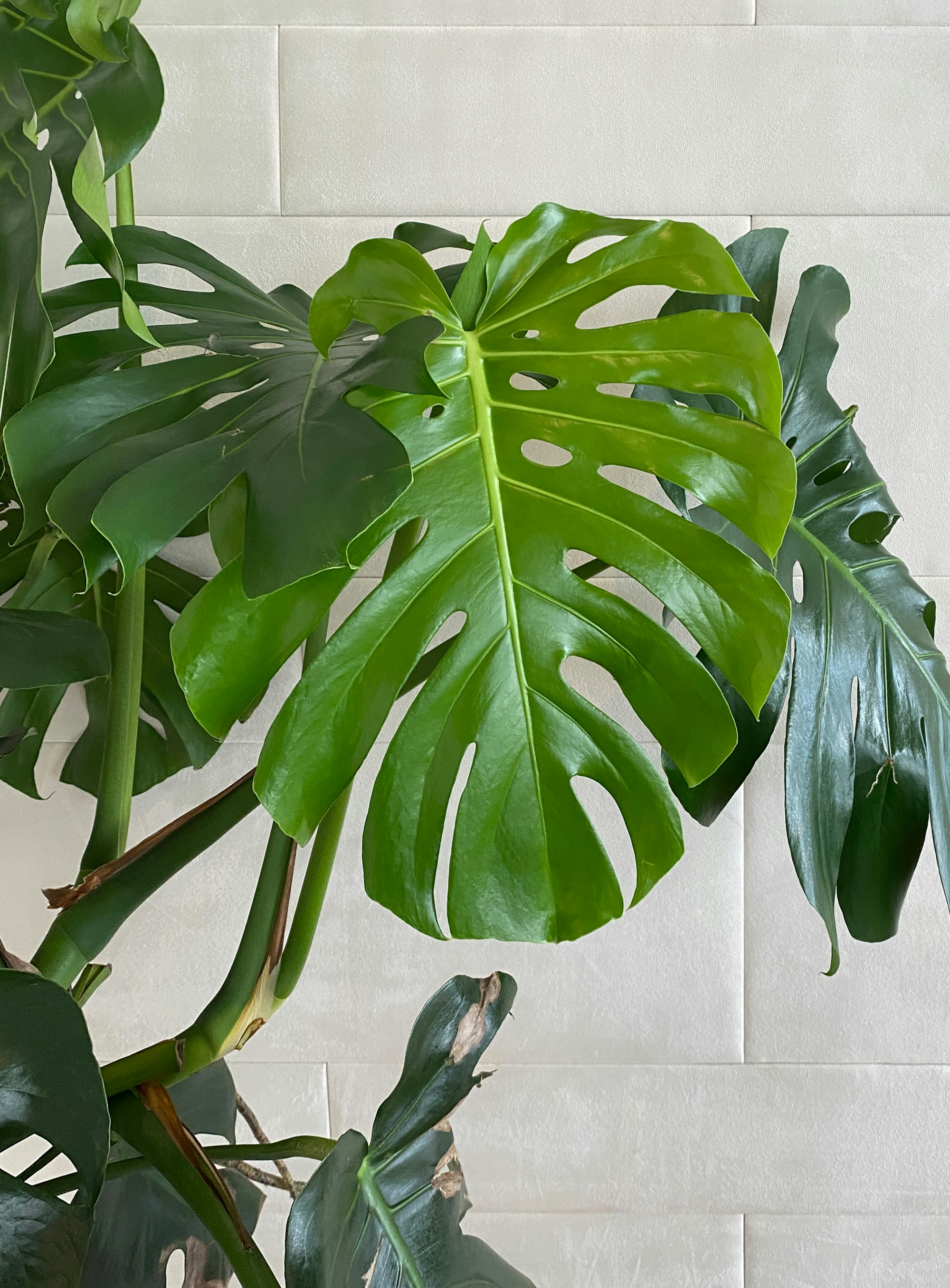How to Grow Monstera Adansonii
Monstera adansonii, also known as the Swiss cheese plant, is a popular houseplant native to the tropical rainforests of Central and South America.

Table of Contents
With their eye-catching foliage and vining growth habit, these plants can add a touch of the tropics to your indoor space.
Growing a healthy Monstera adansonii requires providing the right environment, which includes bright indirect light, consistent moisture in the slightly damp potting mix, and adequate humidity.
Keep your plant thriving by paying close attention to its temperature and fertilizer needs, and soon, you'll have a beautiful, vibrant Swiss cheese plant in your home.
About Swiss Cheese Plant
Monstera adansonii, also known as Swiss Cheese Plant or Monkey Mask, is a popular houseplant from the Monstera genus native to Central and South America, including the West Indies.
This evergreen vine is a member of the Araceae family and is closely related to Monstera deliciosa, Monstera obliqua, and Monstera borsigiana.
The common name Swiss Cheese Vine comes from the heart-shaped leaves with numerous holes that resemble Swiss cheese, while Monkey Mask refers to the attractive foliage that monkeys use to shield themselves from rain.
As an indoor plant, Monstera adansonii care is relatively easy, as these plants are adaptable and thrive in various conditions found in homes, making them an ideal choice for adding a touch of tropical beauty to your living space.
Planting Monstera Adansonii
To plant your Monstera adansonii, select a well-draining potting soil with peat, perlite, and bark to provide adequate drainage and prevent root rot.
Ensure the pot has drainage holes to facilitate the removal of excess water.
When planting your Monstera adansonii, ensure that it stays in a location with consistently high humidity, around 65-85℉, as this contributes to its growth.
Be aware of its affinity for loose soil combined with the addition of organic matter, and use a blend of potting soil, orchid bark, and perlite to create an optimal environment for growth.

Caring for Monstera Adansonii
Sun and Temperature
Monstera adansonii thrives in bright indirect light but can also tolerate low light. Keep the temperature around your plant between 65-80°F (18-27°C), avoiding drafts and sudden temperature changes.
Water and Humidity
Water your Swiss cheese vine when the top inch of soil feels dry since overwatering can lead to root rot. Maintain high humidity around the plant, ideally above 60%, using a humidifier or placing the pot on a tray filled with water and pebbles.
Soil and Fertilizer
Plant your Monstera adansonii in a well-draining soil mix of peat moss, perlite, orchid bark, and charcoal. Fertilize your plant monthly during its growing season with a balanced, water-soluble fertilizer diluted to half strength.
Repotting
Monstera adansonii may require repotting every 1-2 years as a fast-growing vine. Choose a new pot with drainage holes that is 1-2 inches larger than the current one, and be sure to provide support such as a trellis, moss pole, or stake to encourage its climbing habit.
Pruning and Propagation
Prune your Swiss cheese vine to maintain its shape and size by trimming overgrown vines. To propagate, cut a vine with at least one node and place it in water or moist soil, preferably using rooting hormone to encourage root growth and development.
Troubleshooting Plant Problems
Growing Problems
Monstera adansonii, or Swiss cheese plant, can face various growth issues like root rot, yellow leaves, and slow growth.
To ensure a healthy plant, maintain proper humidity, temperature, light, and water conditions. A well-draining soil rich in organic material is ideal for Monstera adansonii, with a pH of 5.5 to 7.
Regularly check your plant for signs of distress and adjust the care accordingly.
Pests and Diseases
Pests like spider mites, mealybugs, and aphids can infest your Monstera adansonii. Inspect your plant regularly, and if you spot any pests, remove them by gently wiping the leaves with a soft, damp cloth or using a natural insecticide.
Diseases are less common, but root rot can occur if the plant is overwatered and in soggy soil. Ensure proper drainage and adjust your watering schedule to prevent root rot.
Monitor your plant's health and react promptly to address any issues.
Conclusion
Caring for your Monstera Adansonii can be a rewarding process.
Your plant will thrive and exhibit its stunning foliage by providing the right balance of light, temperature, water, and fertilizer.
Propagation of Monstera Adansonii is relatively simple and can be done in various mediums such as water, soil, or sphagnum moss.
Success in propagation leads to even more enjoyment of this beautiful indoor plant throughout your home.
Frequently Asked Questions
What is the ideal lighting for Monstera adansonii?
Monstera adansonii thrives in bright, indirect light. Avoid direct sunlight, as it can scorch the leaves.
How often should I water my Monstera adansonii?
Water your Monstera adansonii approximately once a week. Keep the potting mix slightly moist but not soggy.
What type of soil suits Monstera adansonii best?
Monstera adansonii prefers a well-draining and slightly acidic soil mix. A mix of peat moss and perlite works well.
How to prune Monstera adansonii for a fuller appearance?
Trim leggy stems and unwanted growth from the plant. Your monstera will respond with more compact and bushy growth.
How do I propagate Monstera adansonii?
To propagate Monstera adansonii, take stem cuttings with at least one node and place them in water or soil. The cuttings will develop roots and grow.
Why are there brown tips on my Monstera adansonii leaves?
Brown tips on your Monstera adansonii leaves are often caused by underwatering or dry air. Adjust your watering routine and provide some humidity to help the plant recover.


